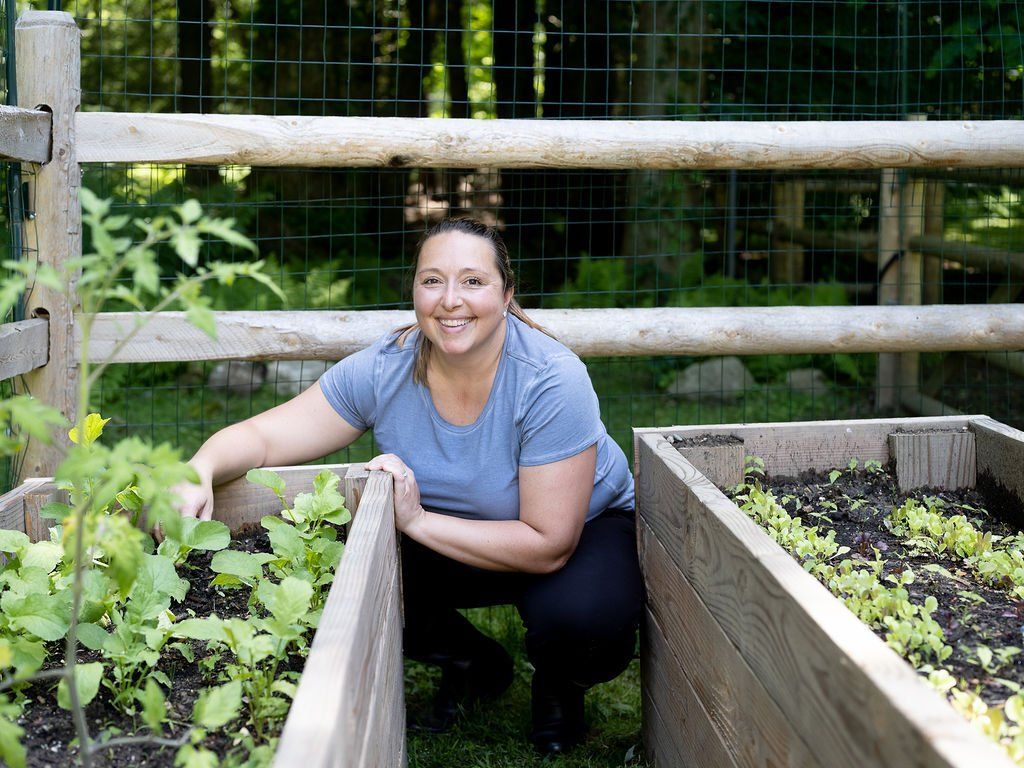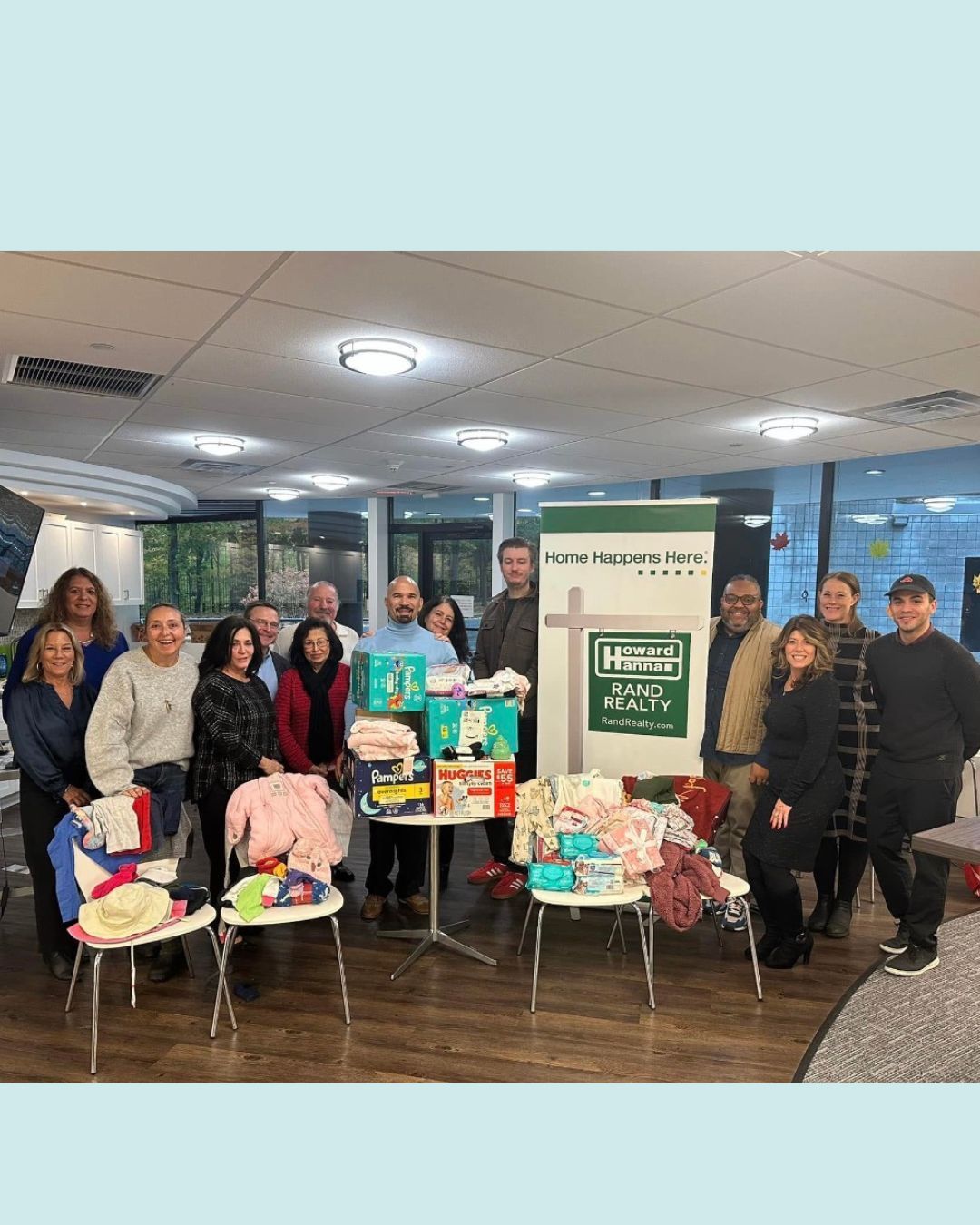6 Easy Ways to Go Green
Going green should not be all or nothing. Renewable energy is generated from natural sources, such as the sun, wind, biomass and water. These renewable energy sources are naturally replenished. It's also often referred to as "green energy" and "clean energy" as the process of generating energy from these renewable sources emits no or hardly any greenhouse gas. Here are 6 easy ways to go green.

1- Choose renewable energy
Choosing renewable energy for your home electricity and heating is a great way to reduce your carbon footprint, make your home more sustainable, and potentially lower your energy costs. The advantages are incredible.
Renewable energy is generated from natural sources, such as the sun, wind, biomass and water. These renewable energy sources are naturally replenished. It's also often referred to as "green energy" and "clean energy" as the process of generating energy from these renewable sources emits no or hardly any greenhouse gases – unlike fossil fuels like coal and oil.
2- Opt for quality appliances with low energy consumption
Most “green" appliances focus on energy efficiency. While this is definitely an important way to reduce your carbon footprint at home. Shop local and shop with companies that have made a commitment to the environment.
Here are some links for green home appliances
Making waste free choices should be simple.
3-Purchase eco-friendly household items
As the realities of climate change become more serious each day, being thoughtful about how we consume is increasingly important. Think outside the box! Shop for your home and family favorites from brands that use nature-friendly materials and packaging. This is an easy and sustainable way you can do your part. Using reusable products that you can refill is a great way to reduce your carbon footprint.
4-Recycle biodegradable products and create DIY items
This is especially fun if you have kids. Reusing everyday products with your kids encourages creativity. Items like toilet paper rolls, cardboard containers, and old clothing can become fun crafts for kids to create.
Paper makes up 23% of trash generated each year, more than any other material. Most community or office recycling programs accept paper and paper products. Check with your community or office program accepts before you put it in the bin. This can vary based on state. Look for products that are made from recycled paper when you shop. Better yet, consider if you really need to print in the first place.
Less than 10% of plastic in the USA is recycled. Recycling is an easy way to reduce your carbon footprint. Check with your local recycling program to find out which types of plastic they accept. When possible, purchase products made from recycled plastic materials.
Gently worn clothes and shoes can be donated to many charities. For damaged clothes and shoes, please double-check with your local charity to determine if it will accept them. Some retail stores recycle clothing or shoes. Check with local shelters to find out if they accept these items for donation. This can include thrifting and shopping second hand.
5- Have a Garden
Nothing tastes as good as fresh, homegrown vegetables and herbs from your garden. Every recipe suddenly comes to life and you feel like you are a part of it. There’s no “sitting-on-the-shelf” flavor, and you just can’t compare the flavor. When food tastes good, you and your family are much more likely to eat the vital foods your body needs.
Work with your local nursery to know what plants thrive in your region. This can really vary based on where you live, so consulting an expert would be the best use of your time.
6-Choose a greener mode of transportation like carpooling
Carpooling with neighbors, co-workers, and family is an great alternative to green transportation. Another tip I use is planning my errands so that I am getting as many of them done in the same geographical area as possible. Public transportation, especially if there are large events in your community, is a great option for everyone.





